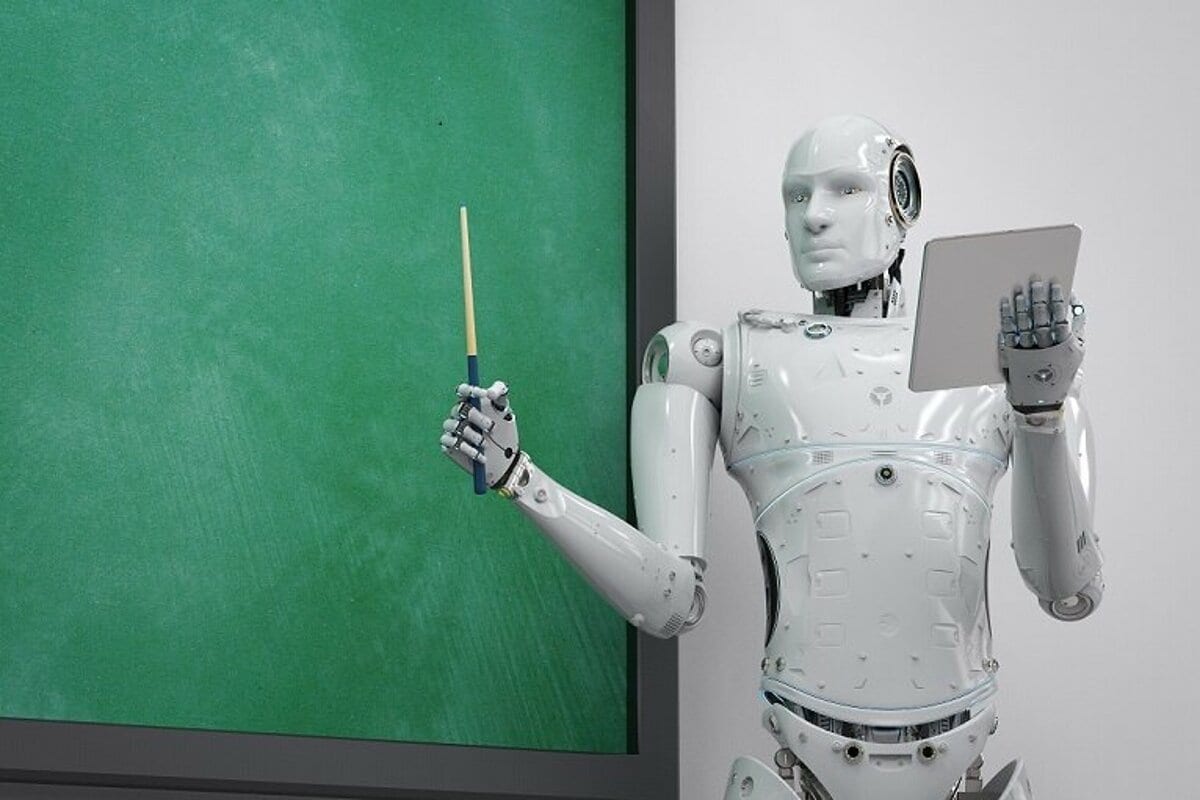The face of education has evolved from the time philosophers like Socrates and Plato preached to students on porches and in parks in ancient Greece.
The present-day education system is challenging, competitive, and needs to be at pace with international benchmarks. The ultimate objective of today’s education systems is to churn out employable youth with an entrepreneurial mindset.
Like everything else, emerging technology such as artificial intelligence and machine learning have the potential to disrupt the field of education with far-reaching positive implications.
Countries like the U.S., Australia, Denmark, and Sweden are taking much-needed strides to further improvise and enhance existing education systems.
AI is set to revolutionize the Education Industry in the U.S., according to the new 2020 IDC report on the state of AI in higher education, commissioned by Microsoft. It claims that better student engagement and increased operational efficiency are the two primary objectives that will drive all AI initiatives in education.
Most importantly AI will ensure that the weak students do not straddle behind but walk neck-to-neck with their high performing counterparts. Moreover, Artificial Intelligence on its own or as the term sounds complicated; however, in order to execute AI initiatives what educational institutions need is to work around the simple ‘AI readiness model’ revolving around People, Process and Technology along with Vision and Data.
Putting this into practice, machine learning and artificial intelligence can provide insights that delve deeper into dealing with complex issues. Here are some ways that AI is changing the complete education system with its powerful features.
Ways Artificial Intelligence Is Changing the Education System
1. Empowering the Disabled
For instance, students with learning disabilities can perform better if they had access to responsive technology that understood their limitations and tailored responses accordingly.
Those with physical disabilities too can find inclusion through sophisticated virtual classrooms in action.
2. Going Virtual
Virtual classrooms can be further enhanced using AI and Machine Learning. Features such as sentiment analysis can suggest which teachers are students more responsive to. These insights can be used to then mimic popular teacher’s approaches for subjects that aren’t faring as well.
On the other hand, with sophisticated AI-powered virtual classrooms, students in poorer countries can have access to teachers and faculties based in developed countries right from their home town.
3. Customizing Curriculum for Increased Employability
In fact, an inter-disciplinary customized curriculum could be designed and tweaked tracking the response of each student to understand what excites and interests him.
This way educators can avoid ‘unemployable’ casualties of students ending up in the wrong education stream. It would be like a ‘recommendation engine’ that popular streaming and eCommerce sites use to suggest your next most favorite TV show or your next purchase item.
The potential use-cases to AI in education are as limitless as our imagination. However, we need to tailor the technology around a unified vision of making higher education accessible for all irrespective of their backgrounds. Developing countries held back by inferior infrastructure are ironically going to benefit the most once they adopt artificial intelligence and machine learning app solutions for education.
We are already living in the future where a student living in East Africa excels his calculus curriculum thanks to his favorite teacher living in Boston, US employed by a higher education institute based in Manchester, the UK on an AI-powered solution designed by developers in Mumbai, India. Use cases still have to mature; however, several early adopters have already sprung AI into action for superior education and the greater world stands to benefit.
4. 24/7 Assistant Through AI-based Chatbots
Talking about the old-school techniques, students had to wait till they reach the classroom, meet with their professors and teachers to discuss the queries and questions that they may have. This wastes a lot of time and effort from the students as they have to wait for long hours. But what if they stuck anywhere while studying at their home, library, or anywhere? How will they get a quick solution so that they can move forward and complete their studies? Not only this but if they have any exams or tests the next day, then how will they resolve it.
So, AI is changing this biggest problem through AI-based chatbots that allow students to communicate with their teachers, professionals, and experts to get the answer to their question. Across the world, a lot of universities, schools, and institutes develop machine learning app solutions that provide 24/7 support to students.
Now, there will be no need for students to wait to reach the classroom to get an answer to their query.
So, these are some of the ways how AI and Machine Learning are changing the way students are learning, communicating with teachers, and enjoying the education system.
On a Concluding Note
In this blog post, we discussed how AI is changing the traditional education system with modern tools, mobile app development, and chatbots. We looked at the different ways how AI is improving their entire system, making it easier for students to learn and move forward.
So, what do you think about Artificial Intelligence and Machine Learning will impact the education industry? What are some of the other industries that will be hugely impacted by these new and modern technologies? Share your views by commenting below.
DepositPhotos – ai teacher


